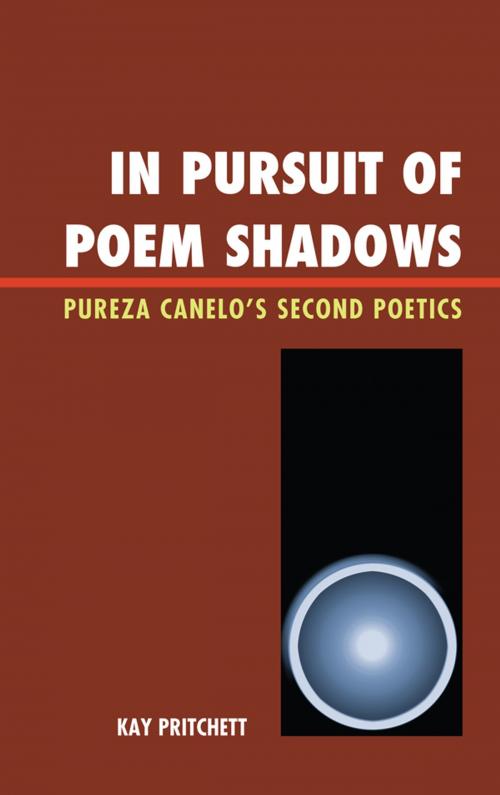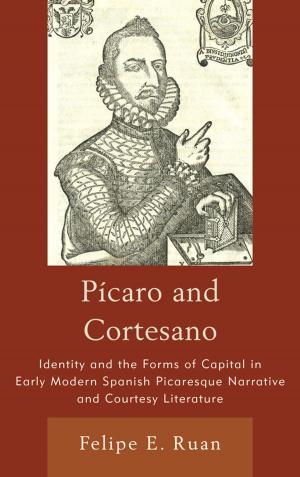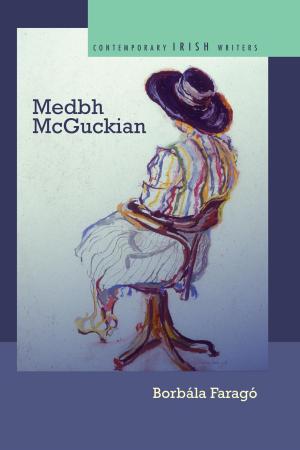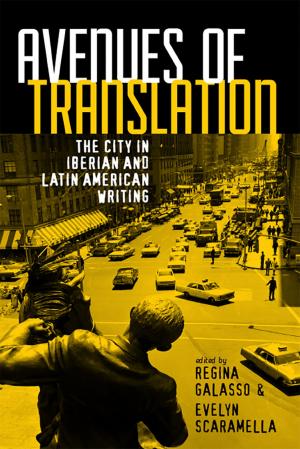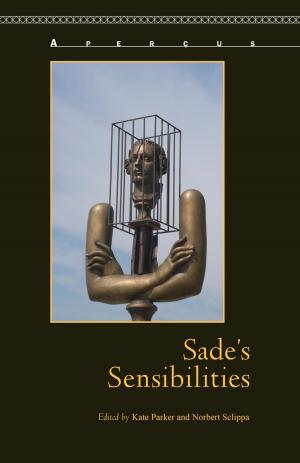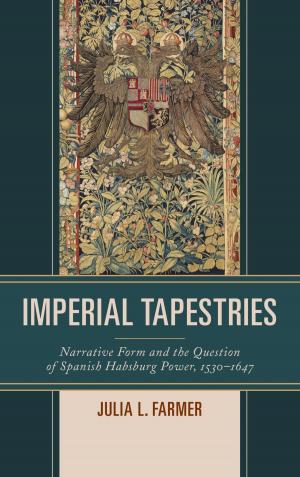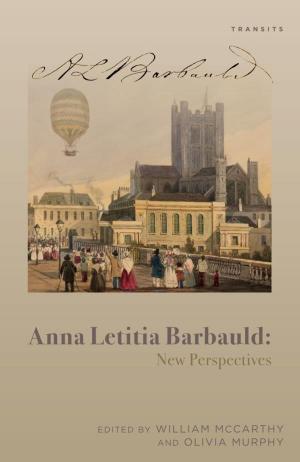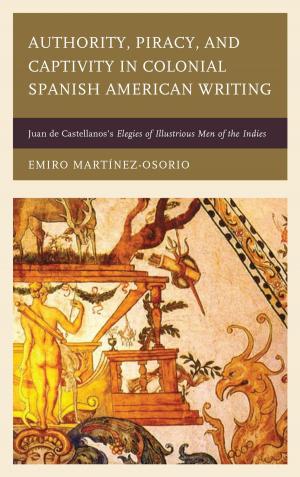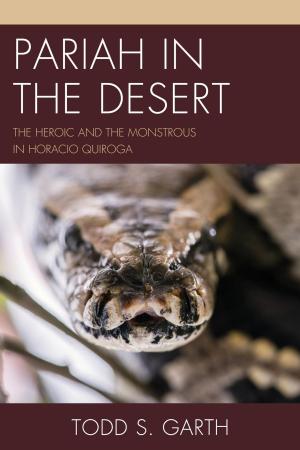In Pursuit of Poem Shadows
Pureza Cantelo's Second Poetics
Fiction & Literature, Literary Theory & Criticism, European, Spanish & Portuguese, Poetry History & Criticism| Author: | Kay Pritchett | ISBN: | 9781611480177 |
| Publisher: | Bucknell University Press | Publication: | April 7, 2011 |
| Imprint: | Bucknell University Press | Language: | English |
| Author: | Kay Pritchett |
| ISBN: | 9781611480177 |
| Publisher: | Bucknell University Press |
| Publication: | April 7, 2011 |
| Imprint: | Bucknell University Press |
| Language: | English |
Born in the small Extremaduran town of Moraleja in 1946, Spanish poet Pureza Canelo, at the age of twenty-five, published her first collections of poetry, Celda verde and Lugar comon (winner of the 1970 Adonais Prize). By 1979, she had settled upon an understanding of her own aesthetic evolvement, which she elaborated in Habitable (Primera poZtica). Then, in 1986, after a period of disenchantment with the written word during which she published only two chapbooks-Espacio de emoci-n (1981) and Vega de la paloma (1984)-she redefined her position in Tendido verso (Segunda poZtica). Designed to complement Nature's Colloquy with the Word: Pureza Canelo's First Poetics (Bucknell, 2004), the current text deciphers the intricate poetic language of the poet's mature works, which, at the time of writing, included the two above-mentioned chapbooks as well as Tendido verso, Pasi-n inZdita (1990), and No escribir (1999). The author traces recurrent aesthetic and philosophical positions that serve to differentiate the poet's first and second poetics. Tendido verso is the volume in which temporality supercedes essence and, in so doing, breaks with insights expressed by Juan Ram-n JimZnez during his Modernist phase. In Pasi-n inZdita the intimate pronominal discourse between poet and creative other allows them to coalesce into an indeterminate being. At this point the desired goal of the creative process is achieved; the 'holy wedding' (hieros gamos) of poet and creative other occurs. No escribir abandons the struggle of Canelo's previous books and carries out the method prescribed by her second poetics. She recognizes that only the creative process can satisfy her desire, and that love, the dominant symbol for creation, indeed, allows the pain of poetic failure to cease. Passion, nonetheless, must stop short of fulfillment, since the written poem, laden with the poet's gaze and subjectivity, cannot exist apart from its shadow. It is the poem shadow, like Lacan's objeta, that most disturbs the poet. Only by positioning herself close to the creative process, similar to a worker on scaffolding, is she able to assume a 'parallax view' (in 3iyek's sense), if not of the finished poem, of its formation. In contextualizing the poet's work, Pritchett discovers commonalities with Romantic, Modernist, and creacionista writers. Canelo's insights, moreover, display a resemblance to Heidegger's thoughts on time, being, and poetry, Lacan's ideas on experience and language, and 3iyek's vision of the subject's relationship to the object. Out of the latter's 'parallax view' a perception comes to light that requires poets to deny aesthetic idealism and scrutinize the subject-object relationship. It is Canelo's detection of poem 'shadows' that drives her to refine her approach to creation and, thus, to evolve as a poet.
Born in the small Extremaduran town of Moraleja in 1946, Spanish poet Pureza Canelo, at the age of twenty-five, published her first collections of poetry, Celda verde and Lugar comon (winner of the 1970 Adonais Prize). By 1979, she had settled upon an understanding of her own aesthetic evolvement, which she elaborated in Habitable (Primera poZtica). Then, in 1986, after a period of disenchantment with the written word during which she published only two chapbooks-Espacio de emoci-n (1981) and Vega de la paloma (1984)-she redefined her position in Tendido verso (Segunda poZtica). Designed to complement Nature's Colloquy with the Word: Pureza Canelo's First Poetics (Bucknell, 2004), the current text deciphers the intricate poetic language of the poet's mature works, which, at the time of writing, included the two above-mentioned chapbooks as well as Tendido verso, Pasi-n inZdita (1990), and No escribir (1999). The author traces recurrent aesthetic and philosophical positions that serve to differentiate the poet's first and second poetics. Tendido verso is the volume in which temporality supercedes essence and, in so doing, breaks with insights expressed by Juan Ram-n JimZnez during his Modernist phase. In Pasi-n inZdita the intimate pronominal discourse between poet and creative other allows them to coalesce into an indeterminate being. At this point the desired goal of the creative process is achieved; the 'holy wedding' (hieros gamos) of poet and creative other occurs. No escribir abandons the struggle of Canelo's previous books and carries out the method prescribed by her second poetics. She recognizes that only the creative process can satisfy her desire, and that love, the dominant symbol for creation, indeed, allows the pain of poetic failure to cease. Passion, nonetheless, must stop short of fulfillment, since the written poem, laden with the poet's gaze and subjectivity, cannot exist apart from its shadow. It is the poem shadow, like Lacan's objeta, that most disturbs the poet. Only by positioning herself close to the creative process, similar to a worker on scaffolding, is she able to assume a 'parallax view' (in 3iyek's sense), if not of the finished poem, of its formation. In contextualizing the poet's work, Pritchett discovers commonalities with Romantic, Modernist, and creacionista writers. Canelo's insights, moreover, display a resemblance to Heidegger's thoughts on time, being, and poetry, Lacan's ideas on experience and language, and 3iyek's vision of the subject's relationship to the object. Out of the latter's 'parallax view' a perception comes to light that requires poets to deny aesthetic idealism and scrutinize the subject-object relationship. It is Canelo's detection of poem 'shadows' that drives her to refine her approach to creation and, thus, to evolve as a poet.
